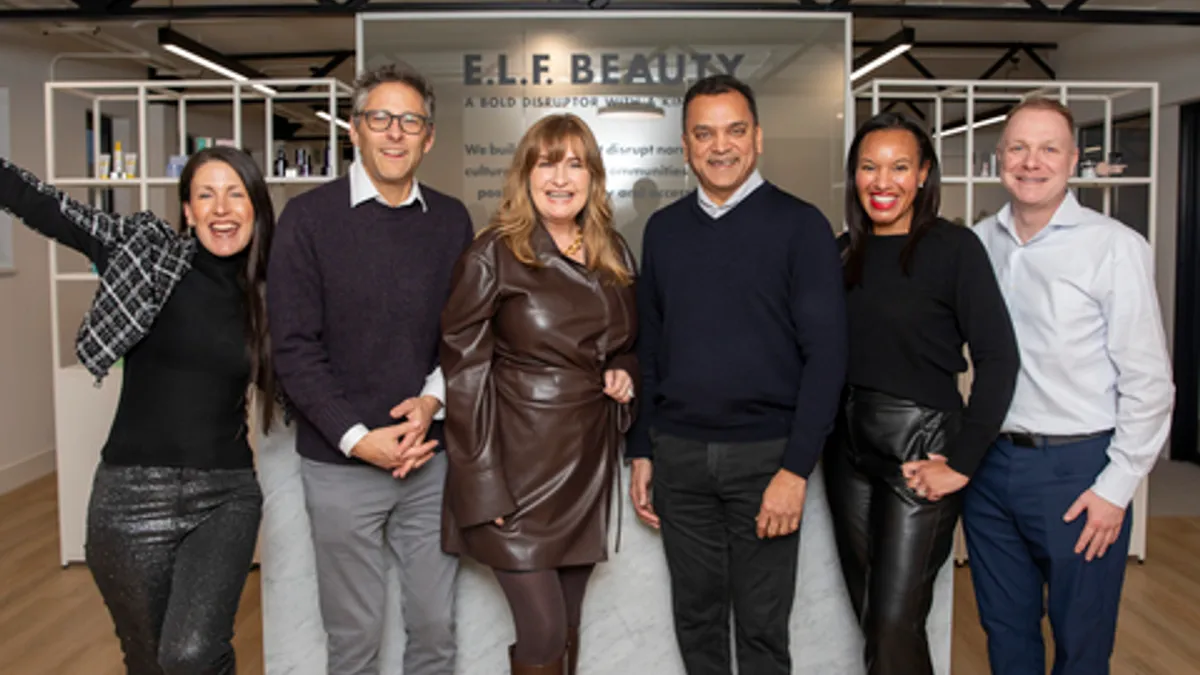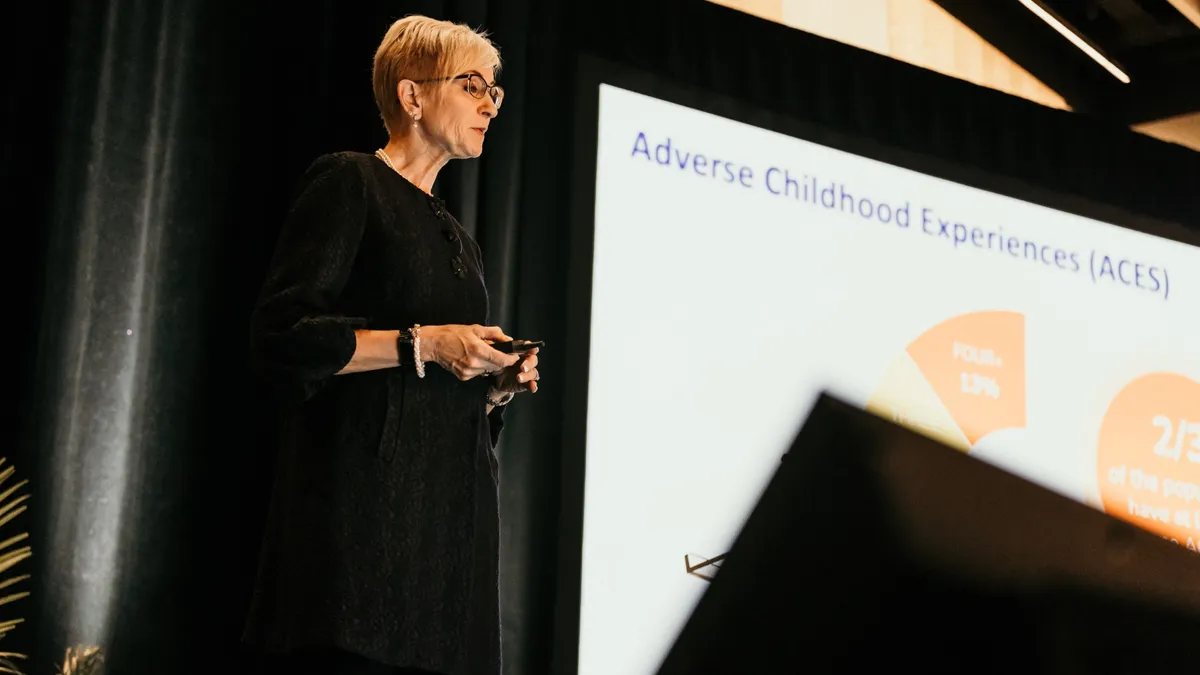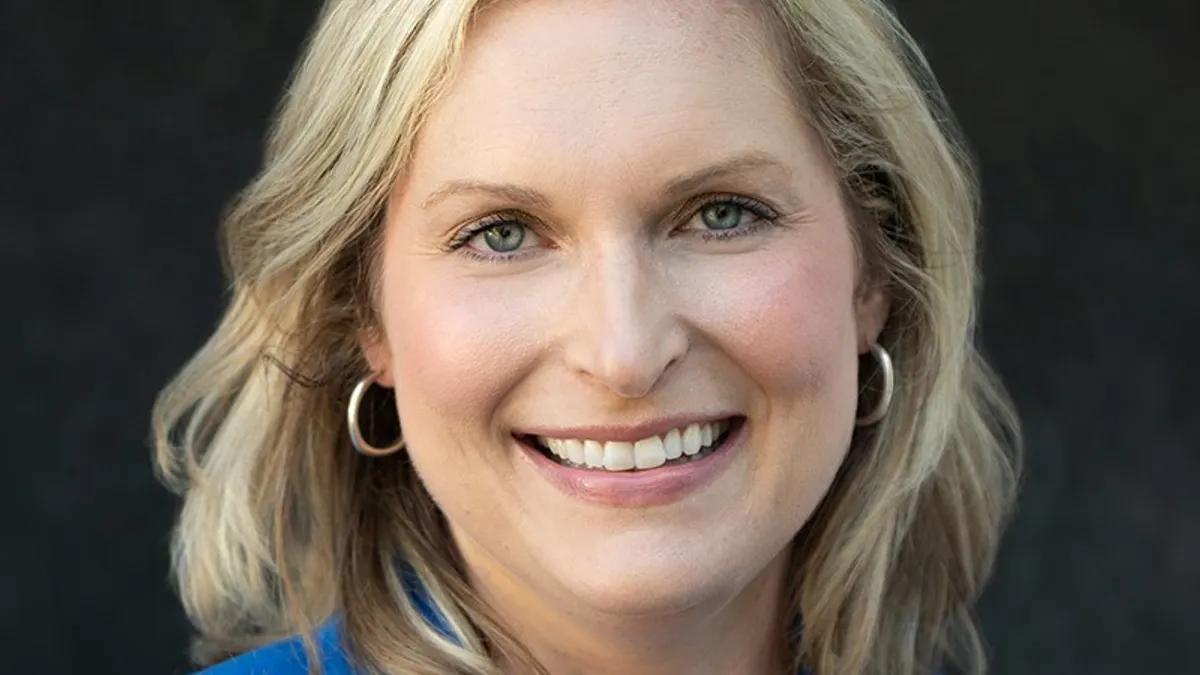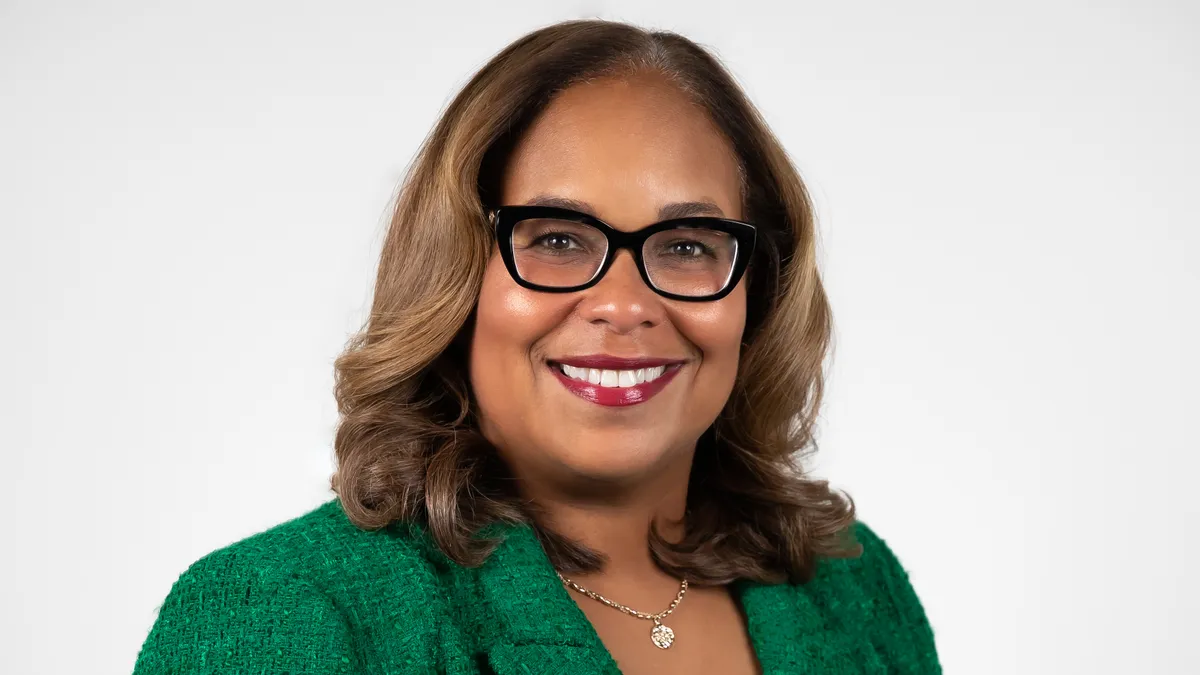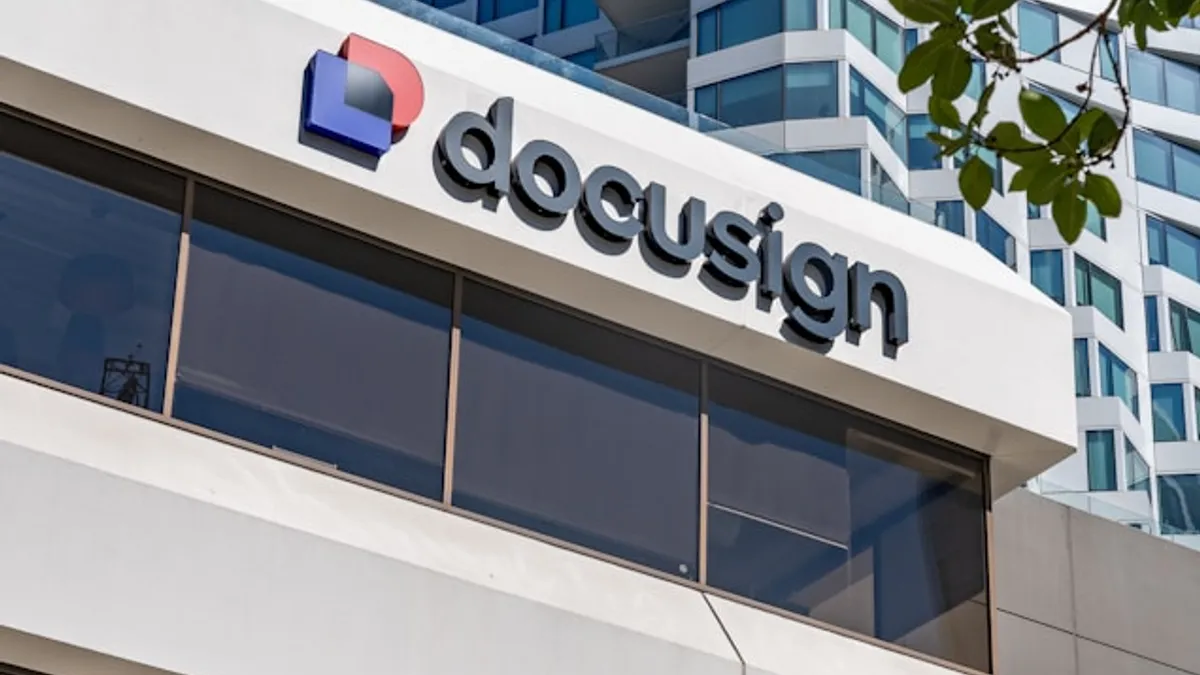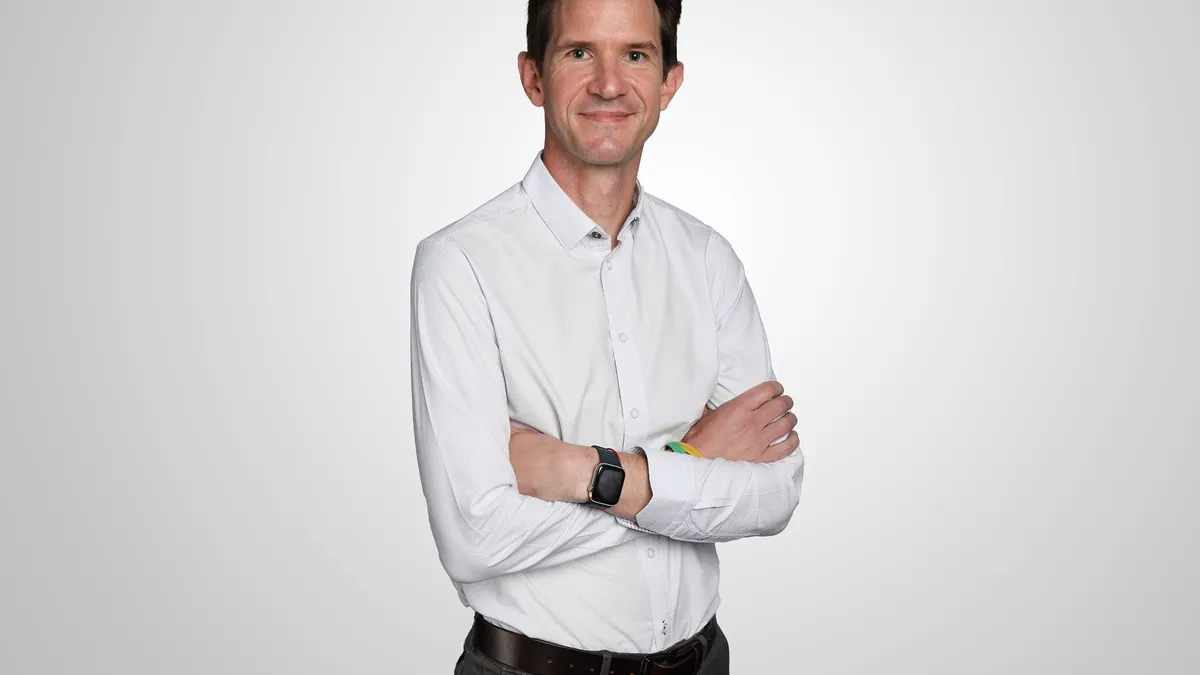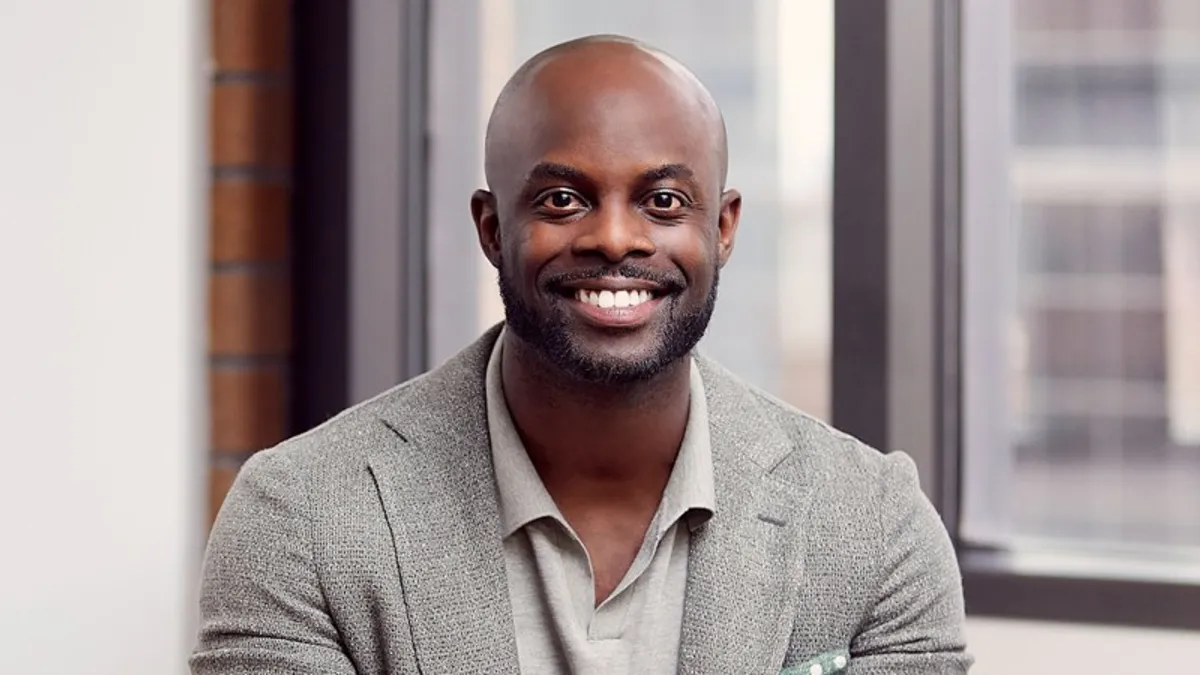Cosmetics company E.l.f. Beauty recently published its “Not-So-White Paper,” a report analyzing board diversity and ROI therein. Done in partnership with North Carolina Agricultural and Technical State University, the company pursued this study as a part of its “Change the Board Game” initiative.
Mandy Fields, the company’s chief financial officer who joined in 2019, told HR Dive via email that E.l.f.’s approach to diversity has a direct, positive impact on its bottom line.
Notably, the way diversity and inclusion is embedded into the company’s structure stems directly from CEO Tarang Amin’s own values — which are imbued in the C-suite and beyond, Fields said.
This conversation was edited for clarity and length.
HR DIVE: Tell me about the "Not-So-White Paper." Why did your company decide to focus on gender parity? How did the report come to be, and how did researchers approach the tasks of gathering and analyzing the data?
Mandy Fields: E.l.f. has always championed democratizing access across all pillars of business, including the highest seats of power.
We are in a unique position being the only U.S. publicly traded company with 78% women and 44% diversity on our board, but we don’t want to be the only ones, so we set out to create that change.
We launched our Change the Board Game campaign to help double the rate at which women and people of color are added to the boards of directors of U.S.-based, publicly traded companies by 2027. With this, our aim is to close the gap between the board, C-suite and the community.
As part of this commitment, the Not-So-White Paper was developed in collaboration with North Carolina Agricultural and Technical State University, the largest HBCU in the U.S., to highlight the impactful role that board diversity — with both women and underrepresented communities — plays in the success of U.S. publicly traded companies.
We analyzed a five-year dataset from Institutional Shareholder Services on corporate board diversity and examined how diversity impacts company performance.
I'm intrigued by this: Despite the benefits, progress is hitting a plateau, especially for women. The number of women on boards is substantially unchanged since 2020, remaining at 27%. Why do you think that is the case?
Regardless of why, we are working to confront the lack of board diversity and pushing to change it. Women represent just over half of the U.S. population, and at only 27% of board positions — it illustrates that progress still needs to be made.
What is E.l.f. doing to ensure its board of directors is diverse?
Democratizing access is in our DNA. As a result, we are intentional about how we structure both our business and our board, which stems from the values of our CEO, Tarang Amin.
As highlighted in the Not-So-White Paper, the benefits of a diverse board are most likely to occur when there are at least three members of underrepresented communities on a board of directors.
We have seen firsthand how one voice can put an issue on the radar and a second voice can validate it, but it often takes at least three to make a quorum that can change policy.
We want to inspire other companies to do the same – exemplified through our recent “Dupe That!” campaign, that calls on other businesses to emulate E.l.f.’s positive values, policies and initiatives.
We have seen firsthand how one voice can put an issue on the radar and a second voice can validate it, but it often takes at least three to make a quorum that can change policy.

Mandy Fields
CFO of E.l.f. Beauty
We’re helping develop the next cohort of board-ready candidates [and] doing our part to ensure there is a pipeline of qualified candidates for board roles.
E.l.f. partnered with the National Association of Corporate Directors to sponsor 20 diverse candidates as part of its Accelerate Program to help get them boardroom-ready.
Past studies covered by HR Dive (one example here) indicate that consumers and workers alike want companies to take a stand on social and political issues. Why was it important for E.l.f. to have a commitment to gender parity be a part of its brand, for either potential/existing consumers or employees?
We believe our organization and our board should reflect the diverse community we serve. We’re proud that our employee base is 74% women, over 40% diverse, and over 72% millennial and Gen Z.



